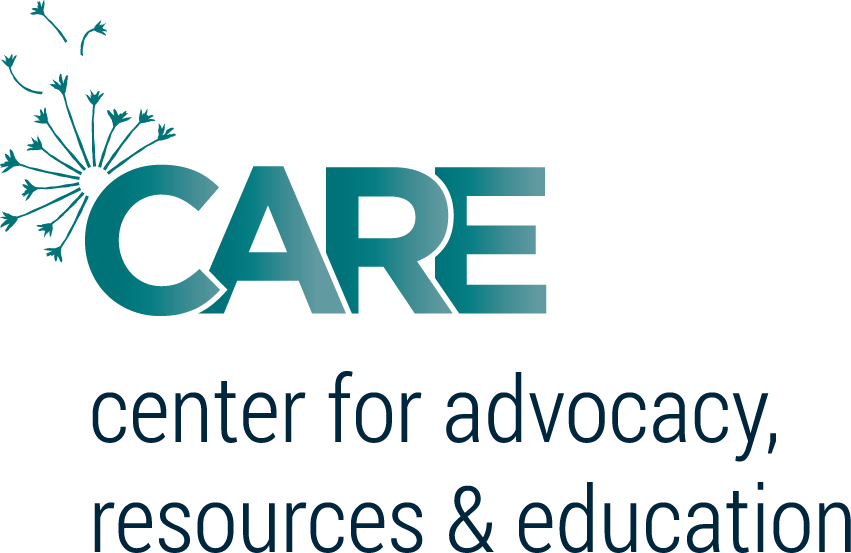Cyber safety refers to the practices that someone might use to protect themselves from harm in the digital or online environment. While there are some steps that individuals can take to reduce their risk of harm, it is important to remember that the only person responsible for the harm is the person perpetrating it.
Cyber safety may include considerations for protecting passwords and our online accounts, safety when using dating apps, ride share services, social media and other online accounts, as well as our physical devices - phone, computer, tablets, etc.
Tips to Increase Security
Change or update passwords. It is best practice to periodically change passwords anyway, but this is especially important if we have ever shared passwords to our accounts with others in the past. It’s not uncommon for folks to voluntarily share passwords to their accounts with someone they trust - usually for short-term access to an account for a very specific purpose, i.e. the password to an online streaming account to watch a movie together. If this happens, it’s important to remember to update and change the password later to reduce the risk of the other person intentionally or unintentionally accessing your account without your permission or knowledge.
Check the privacy settings on devices, in apps, and online accounts. It’s a good idea to periodically check the privacy settings on your devices and online accounts to ensure they are set how you want. Software updates and changes to the apps we use can impact privacy and potentially add new settings that need to be reviewed and updated. This is also a good practice for checking to see if there are any other devices or users connected to your account that should be removed.
Protect or limit location sharing. Sometimes we share our location with people we trust when we’re attending large events together, when we want to have them see that we’ve made it home safely, or for another short-term specific purpose. It’s important to check location sharing settings regularly to make sure you aren’t still sharing your location when you don’t intend to.
Staying Safe on Apps
Use an alternate photo for your dating profile. Using a picture for your dating profile that is different from photos you have posted on other online accounts, like Instagram, LinkedIn, or Google/Gmail, can help reduce the risk of someone using a reverse image search to find information about you that you hadn’t intended to share yet.
Avoid sharing live or motion photos. Photos taken in “live” mode include geolocation information that can be passed on along with the photo. Exercise caution when sharing these types of images with matches.
Avoid connecting with suspicious profiles. If the person you matched with has no bio, linked social media accounts, and only has one picture, it may be a fake account.
Block and report suspicious activity. You can block and report another user if their profile is suspicious or they have acted inappropriately toward you. Trust your instincts about whether you feel someone is representing themself truthfully.
Wait to share personal information. Never give someone you haven’t met in person your personal information, including your: social security number, credit card details, bank information, or work or home address.
Consider setting up a video chat before meeting up in-person. This is a good way to ensure your match is who they say they are.
Tell a friend where you’re going and who you’re meeting up with. Send a screenshot of your match’s profile to your friend and let them know when/where you plan to meet up. If you decide to go to another location while meeting up, update your friend.
Learn More About Online Dating & Safety!
“Swipe Safely: A Guide to Online Dating & Safety” is a resource that provides information about safety when using dating apps, meeting up from an app, using rideshare services, and consent in online spaces.
More information about technology and online safety can be found at The Safety Net Project at the National Network to End Domestic Violence:
